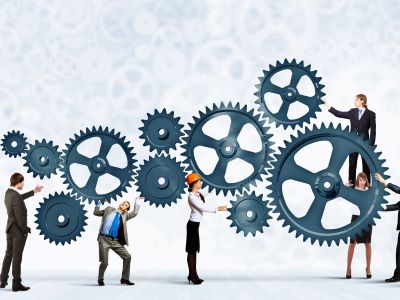
Today’s vision of teamwork has shifted from a system that revolves around an individual to a system that revolves around all the individuals working together: collective functioning.
Collective functioning is about what can be harnessed and created from the intersections of people’s skills and emotions; it’s the emotions that create a ripple effect that forms a culture.
Teams that share resources, and have flexibility and opportunities for collective learning, still might underachieve if their structure and leadership are wrong. But get those elements right, and the team will flourish. If the value of an organization is based on a combination of each employee’s contributions, then success is determined by the weakest of those employees, not the strongest.
Teammates who collaborate more effectively, in any organization, can outperform those whose individual skills may be superior. The key is to discover who works best with whom, and who brings out the best in others. Teams that recognize the power of collective functioning and have leaders who create environments for those partnerships to flourish reap the benefits.
Read the article at strategy+business.




